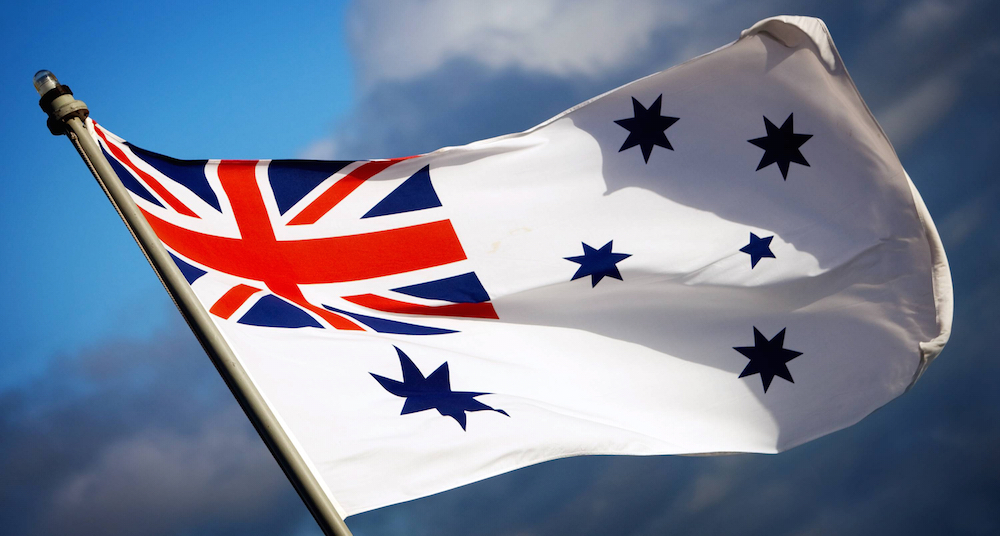The Royal Australian Navy’s use of unmanned surface vessels could deliver an unprecedented range of advantages, a maritime drone specialist has claimed.
According to Robert Dane, CEO of Sydney-based maritime drone specialist OCIUS, one key benefit is based on the vessels’ capability to provide additional vital information while deployed at sea.
He said unmanned surface vessels could be indispensable to the Navy as they can be used for “any sort of data collecting and transmitting that data back”.
Dane refers to his company’s unmanned vessels as the new “satellites of the sea”.
His solution, called Bluebottle USV, is a renewable-energy-powered vessel that is unmanned, uses solar, wind and/or wave energy so they are persistent and can stay at sea indefinitely, only limited by biofouling.
According to Dane, Bluebottles harvest all the weather on the ocean, the sun, the wind and the waves – so they can advance under all conditions and can remain at sea for months at a time.
He said that his firm had conducted its final demonstration of the products to the Navy last August, while incorporating a Thales thin line array to showcase anti-submarine warfare.
“We can tow an array, we can process the data and we can transmit that data back. It's also got applications to, for example, be the squad leader for other underwater vessels,” Dane added.
“It could also be a gateway communication between something in the air, for example, an unmanned aerial vehicle or a satellite and something under the water, for example, a submarine.”
However, Dane argued the case for a more widespread adoption of the vessels, saying that “the main advantage of this, why we need it, is because Australia has got 11 per cent of the world’s oceans to look after and we’ve got 0.3 per cent of the world’s population”.
He said currently, the way in which Australia monitors its surrounding oceans is by using satellites, planes and manned ships.
“And they can't be out there all the time, and they're very expensive, and they are subject to people and assets being put in harm’s way,” Dane said.
“So, to be able to do it with a robot that can power itself is a very low capital cost, and very low running costs.
“We can be listening under the sea, we can be observing with cameras the surface of the ocean [or] we can be listening with electronic sensors for other electronic signatures, and then we can be transmitting them back.”
He noted that a single vessel would be able to perform those tasks, “but a fleet of these things can do so much more”.
“If you had a number of these, for example, off the north of Australia, for a fraction of the cost of a ship, you could have these things out there 24/7, [offering] continuous coverage at low cost, and as I said, [with] nobody in harm's way,” Dane concluded.
To hear more from OCIUS' Robert Dane, tune in to our podcast here.

 Login
Login







